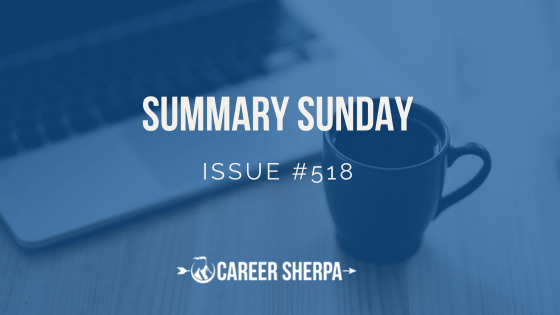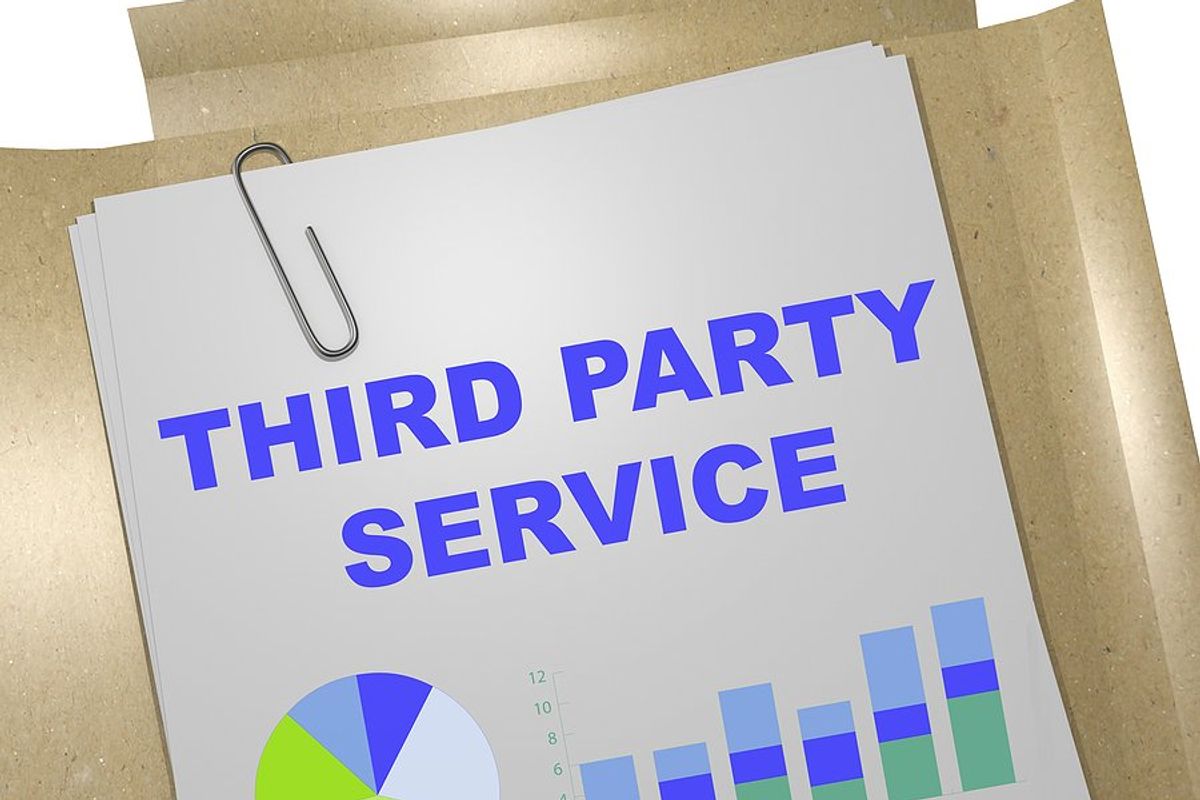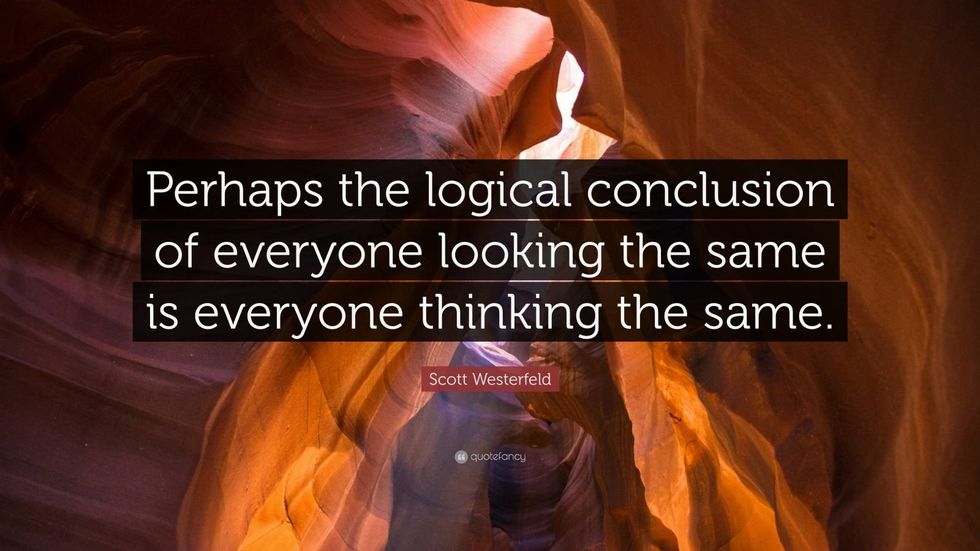Executive Spotlight: How To Share Difficult News With Employees

As a leader, you face unique challenges in the workplace. A common scenario you might have to navigate as an executive or manager is sharing difficult news with employees. How can you effectively communicate the difficult news while staying positive and helping your employees look to the future?
We recently asked our leading executives for their tips on how to share difficult news with employees.
Here are their responses…
Ana Smith, Talent Architect & Global Learning Strategist
Sharing difficult news with employees is never easy, but it’s important to do it in a way that is honest, compassionate, and transparent. Here are some ideas on how to do it:
- Prepare yourself. Please be prepared! Before you share the news, take some time to think about what you’re going to say and how you’re going to say it. Be clear and concise and avoid using jargon or technical language that your employees might not understand.
- Be honest, be clear. Don’t sugarcoat the news or try to make it seem like something it’s not. Be honest about the situation and what it means for your employees. It is key to create a “frequently asked questions” list to ensure that there is consistency and clarity.
- Be compassionate and empathetic. Remember that your employees are people with families and bills to pay. Be sensitive to their feelings and offer your support during this difficult time. Try and put yourself in their shoes and the complexity of the situation they’re going through.
- Be transparent. Share as much information as you can about the situation, even if it’s not all good news. The more information your employees have, the better they’ll be able to cope with the situation. When you can’t answer a question because its confidential nature requires it, call it like it is: “This is confidential and, therefore, I’m not able to disclose at this time.”
- Be open to questions. After you’ve shared the news, be prepared to answer your employees’ questions. Be honest and direct, and don’t try to avoid their questions.
- Be available for support. After you’ve shared the news, let your employees know that you’re available to support them. This could mean offering them time off, providing them with resources, or simply being there to listen.
- Take care of yourself. It is also important to take care of yourself in order to be in the best shape to take care of others.
Sharing difficult news with employees is never easy, but it’s important to do it in a way that is honest, compassionate, and transparent. By following these tips, you can help your employees cope with the news and move forward in a positive way.
Ana Smith helps people & organizations achieve their full talent potential by developing and co-creating people strategies and customized solutions, and turning them into impactful outcomes and collaborative relationships, using coaching as the “red thread.”
Michael Willis, Sports Business Operations Executive

As a leader, I would plan a course of action fitting the newsâs nature. Knowing that I need to have a difficult conversation with my team, I would collect as much information as possible to be a resource.
1. Arrange an urgent meeting.
As the news is known to management, getting out a statement or starting an immediate conversation is a way to deal with the situation head-on.
2. The meeting will be face to face.
To convey difficult news, the team needs to see my face and feel my empathy visually. The team might also need the support of each other.
3. Tell the truth.
Be as transparent as possible. In delivering bad news, give as much information as you can.
Please keep in mind that sometimes bad news comes from the top. And, at certain times, management will withhold information to a need-to-know basis.
4. Allow time for reactions.
Once the news has been delivered, take any questions that might be raised. This is my time to show empathy and understanding to the team. Offer any professional services that might be available.
5. A look to the future.
Briefly discuss a new path forward considering the impact of the bad news. This is a time to heal and move toward the future.
Michael Willis has 18+ years of experience working with accounting & sports organizations and has managed P&Ls of $10M – $125M+ with budgets of $3M-$50M+. He worked for the NFL for 22 1/2 years, mainly with the game officials working on the financial/accounting side of the business.
Lisa Perry, Global Marketing Executive

Sharing difficult news with employees can be challenging, but it’s important to do so thoughtfully and sensitively to ensure that employees feel supported during this time. When itâs time to deliver the difficult news to employees, follow these steps to ensure you’re prepared and confident:
- Prepare for the conversation: Before communicating the news, take some time to prepare yourself. This might involve practicing what you want to say, thinking through potential questions or concerns employees might have, and ensuring you have all the necessary information.
- Choose the right time and place: Make sure you choose an appropriate time and place to share the news. Ideally, you’ll want to choose a quiet and private location where employees can feel comfortable expressing their feelings and asking questions.
- Be transparent and honest: It’s important to be transparent and honest when sharing difficult news with employees. Explain the situation as clearly and objectively as possible, and avoid withholding any important details that might affect their understanding of the situation.
- Show empathy: Show empathy and compassion towards employees who are affected by the news. Acknowledge their feelings and concerns, and let them know that you are there to support them.
- Provide resources: Provide employees with the resources and support they may need during this time. This could include access to counseling services or other support resources.
- Follow up: Following up with employees after sharing difficult news is important. It shows that you care and are committed to supporting them through this challenging time.
Overall, sharing difficult news with employees requires sensitivity and empathy. By taking the time to prepare yourself, choosing the right time and place, being transparent and honest, showing empathy, providing resources, and following up, you can help employees feel supported and cared for during this time.
Lisa Perry helps companies build leadership brands, driving loyal customers & delivering profitability. She does this through a process that builds brands consumers love. Her goal is to help companies develop, monetize, and grow their brands.
How do you share difficult news with employees? Join the conversation inside Work It Daily’s Executive Program.






































